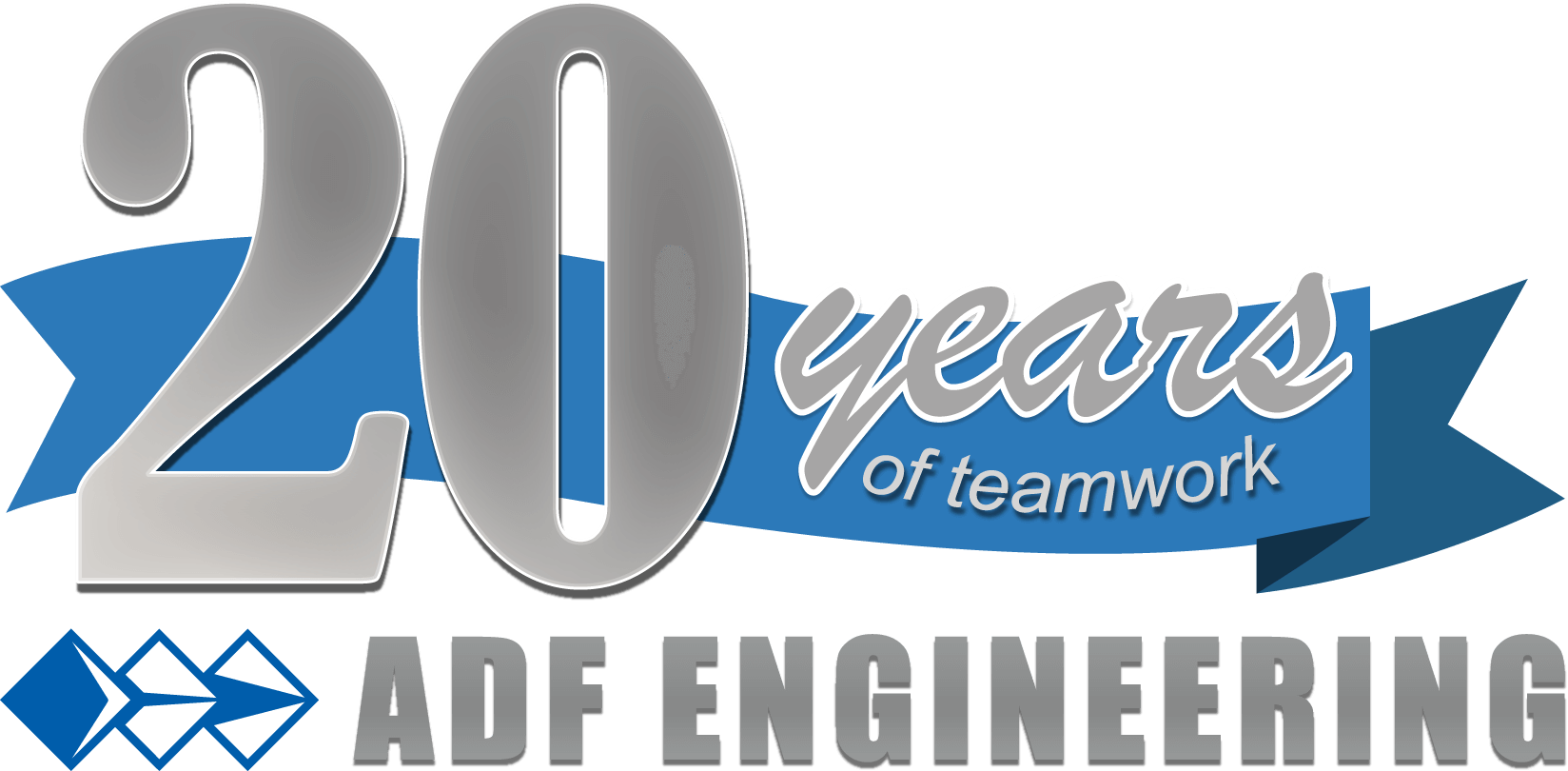DHA—Dust Hazard Analysis

Safety regulations can seem like a confusing maze of requirements, with paperwork and standards that can be difficult for businesses to navigate. However, each safety rule has a reason, and failure to comply results not only in unsafe conditions, but possible citations and loss of revenue. One such regulation is NFPA 652, which requires companies to conduct a Dust Hazard Analysis. What is a DHA, why should your company have one, and how can ADF help you? In this article, we’ll examine the ins and outs of the DHA requirement, and what it all means for your business.
What is a DHA?
The DHA examines the level of hazard at any plant engaged in operations that handle or create combustible dusts. The overarching goal of the DHA is to prevent safety hazards and possible explosions from combustible dust. The DHA must first identify what the hazard is, before analyzing the safety measures a plant has in place to mitigate the risk from combustible dust. A legally-required DHA consists of several different steps. The analysis includes a plan of action for addressing gaps in the current safety measures. Companies must set a timeline in the DHA for designing and implementing these changes.
Who needs a DHA?
You might think that a DHA is only necessary for larger businesses, or plants that deal with significant amounts of dust on a regular basis, such as a flour factory or a grain operation. However, a DHA is legally required for all companies that handle or produce any amount of dust. This includes small woodworking shops, metalwork activities, rubber grinding operations, and many more. If there is ever dust in the air at your business, you’ll need to have a DHA on file. There is no grandfathering in under the law—whether you’ve been in business for five months or fifty years, you’ll need to make sure your DHA is in order.
What are the consequences for not having a DHA?
A DHA was first required under the National Fire Protection Agency’s 652, Standard for Combustible Dusts, issued in September of 2015. The original guidance gave companies three years to complete their DHAs, or up until September 7, 2018. As the deadline drew near, however, it became apparent that most companies would not meet the deadline, so it was extended until September 7, 2020. This deadline has now passed. What does this mean for your business? You can now be cited by OSHA for failing to have a DHA on file, regardless of how clean or safe your plant is. In addition, equipment placement issues, such as having a dust collection system too close to workers, can also be cited—even if the piece of equipment is small. If you’re planning to add onto your plant or build something new, you’ll also need to obtain a DHA before you can get a permit to move forward. In short, a DHA is required to avoid citations and maintain safety standards for your business.
ADF helps you stay compliant
Unlike other companies in the industry, ADF offers a fully integrated process. From conducting the analysis to designing and implementing changes, we cover every step of the analysis. If you only need one of our services, however, we can still help. If you’ve received test results but need a construction and design team, we can take over at any step in the process. At ADF, we help you navigate the intricacies of a DHA, setting reasonable goals, analyzing risks, and designing and constructing anything necessary to make sure your plant is both safe and legally compliant.
Learn more about ADF’s DHA Services
About the Author
Matt Williamson, PE, has over 30 years of process engineering and project management experience and is a recognized expert on combustible dust and related regulations. He is the Director of Engineering at ADF Engineering, Inc., based in Miamisburg, Ohio. Reach him at Mwilliamson@Adfengineering.Com or at 937-847-2700 x113.

